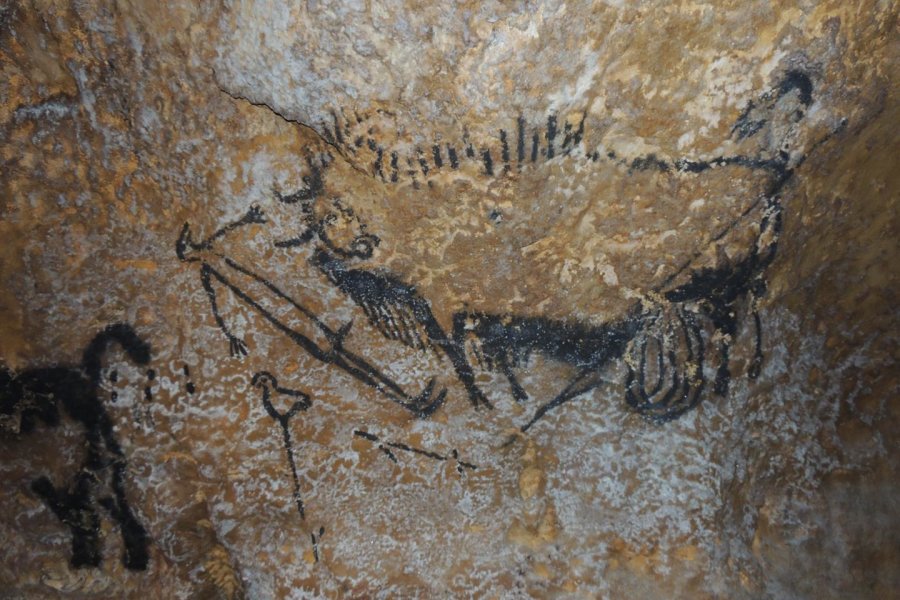Prehistoric Cave Paintings Revealed That Ancient Humans Had Complex Astronomy Knowledge

Several of the world’s oldest cave artworks indicate that ancient humans possessed relatively sophisticated knowledge of astronomy, keeping track of time using the stars. Many of the prehistoric cave paintings depicting animals are in reality reproductions of constellations, analysis from the University of Edinburgh concluded.
The artworks, discovered at different sites across Europe, are not only depicting wild animals. According to a recent study, these cave paintings are, in reality, showing constellations and marking dates and noteworthy events and space objects such as comets. Also, the researchers found out that ancient humans kept track of time using stars’ positions and were aware of the phenomenon known as the precession of the equinoxes caused by the gradual shift of Earth’s rotational axis.
According to the new study, the ancient humans possessed complex astronomy knowledge, a fact that the scientists around the world were not aware of, until now.
Prehistoric Cave Paintings Revealed That Ancient Humans Had Complex Astronomy Knowledge
Focusing on the series of prehistoric cave paintings at Gobekli Tepe in modern-day Turkey, interpreted as the depiction of a comet strike which took place around 11,000 BC, the scientists concluded that many of the world’s oldest cave artworks are representing constellations, space objects, and stars. Also, another comet strike, which happened in 15,200 BC, was depicted in a cave at the Lascaux Shaft Scene in France.
The researchers compared the age of these artworks with the position of stars during those ancient times and confirmed their theories that the majority of prehistoric cave paintings are depicting constellations and stars, as well as astronomical events that the ancient humans observed.
“Early cave art shows that people had advanced knowledge of the night sky within the last ice age. Intellectually, they were hardly any different to us today. These findings support a theory of multiple comet impacts over the course of human development, and will probably revolutionize how prehistoric populations are seen,” said Dr. Martin Sweatman from the University of Edinburgh’s School of Engineering.
0 comments